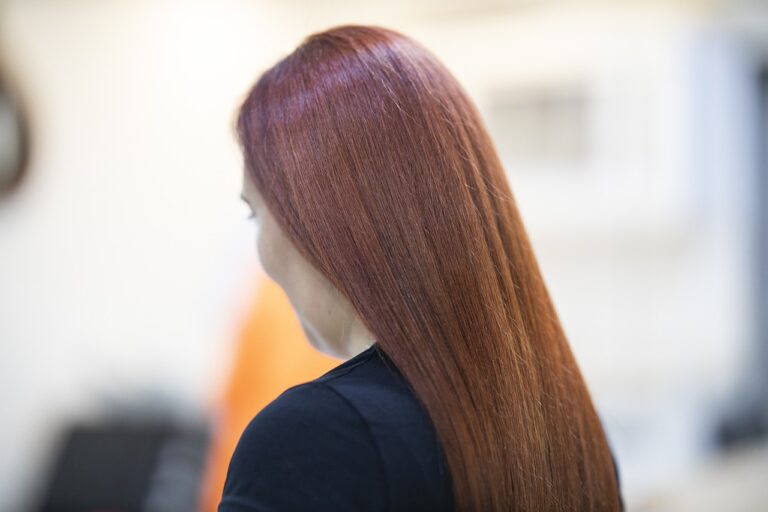Fashion and Sustainability: Eco-Friendly Packaging Solutions
In recent years, the fashion industry has come under scrutiny for its environmental impact, particularly in terms of packaging. Traditional packaging methods often involve the use of harmful materials such as plastics and excessive amounts of paper, contributing significantly to waste and pollution. As consumer awareness of environmental issues grows, there is a pressing need for the fashion industry to adopt more sustainable practices, starting with eco-friendly packaging solutions.
Eco-friendly packaging offers a more sustainable alternative by utilizing materials that are biodegradable, recyclable, or reusable. From biodegradable plastics made from plant-based sources to recycled paper and cardboard packaging, there are various options available to reduce the carbon footprint of the fashion industry. By making the switch to eco-friendly packaging, fashion brands can demonstrate their commitment to sustainability and appeal to environmentally conscious consumers who prioritize ethical and eco-friendly practices in their purchasing decisions.
The Impact of Traditional Packaging on the Environment
Traditional packaging materials like plastic, Styrofoam, and bubble wrap are causing significant harm to the environment due to their non-biodegradable nature. The production and disposal of these materials contribute to pollution and the overflowing of landfills around the world.
Additionally, the extraction and manufacturing processes of traditional packaging materials require a high amount of energy and resources, leading to increased carbon emissions and deforestation. As a result, the negative environmental impact of traditional packaging extends beyond just the item being packaged, affecting ecosystems and wildlife as well.
What is traditional packaging?
Traditional packaging refers to packaging materials that are not eco-friendly and often contribute to environmental pollution.
How does traditional packaging impact the environment?
Traditional packaging is often made from non-biodegradable materials such as plastic and Styrofoam, which can take hundreds of years to decompose, leading to pollution of land and water sources.
What are some examples of traditional packaging materials?
Examples of traditional packaging materials include plastic bags, bubble wrap, polystyrene foam, and plastic bottles.
How can eco-friendly packaging help reduce the impact of traditional packaging on the environment?
Eco-friendly packaging materials are biodegradable or easily recyclable, reducing the amount of waste in landfills and minimizing the pollution caused by traditional packaging materials.
What are some examples of eco-friendly packaging materials?
Examples of eco-friendly packaging materials include recycled paper, cardboard, biodegradable plastics, and compostable materials.
How can consumers help reduce the impact of traditional packaging on the environment?
Consumers can choose products with minimal or eco-friendly packaging, opt for reusable bags and containers, and properly recycle or dispose of packaging materials to minimize their environmental impact.





